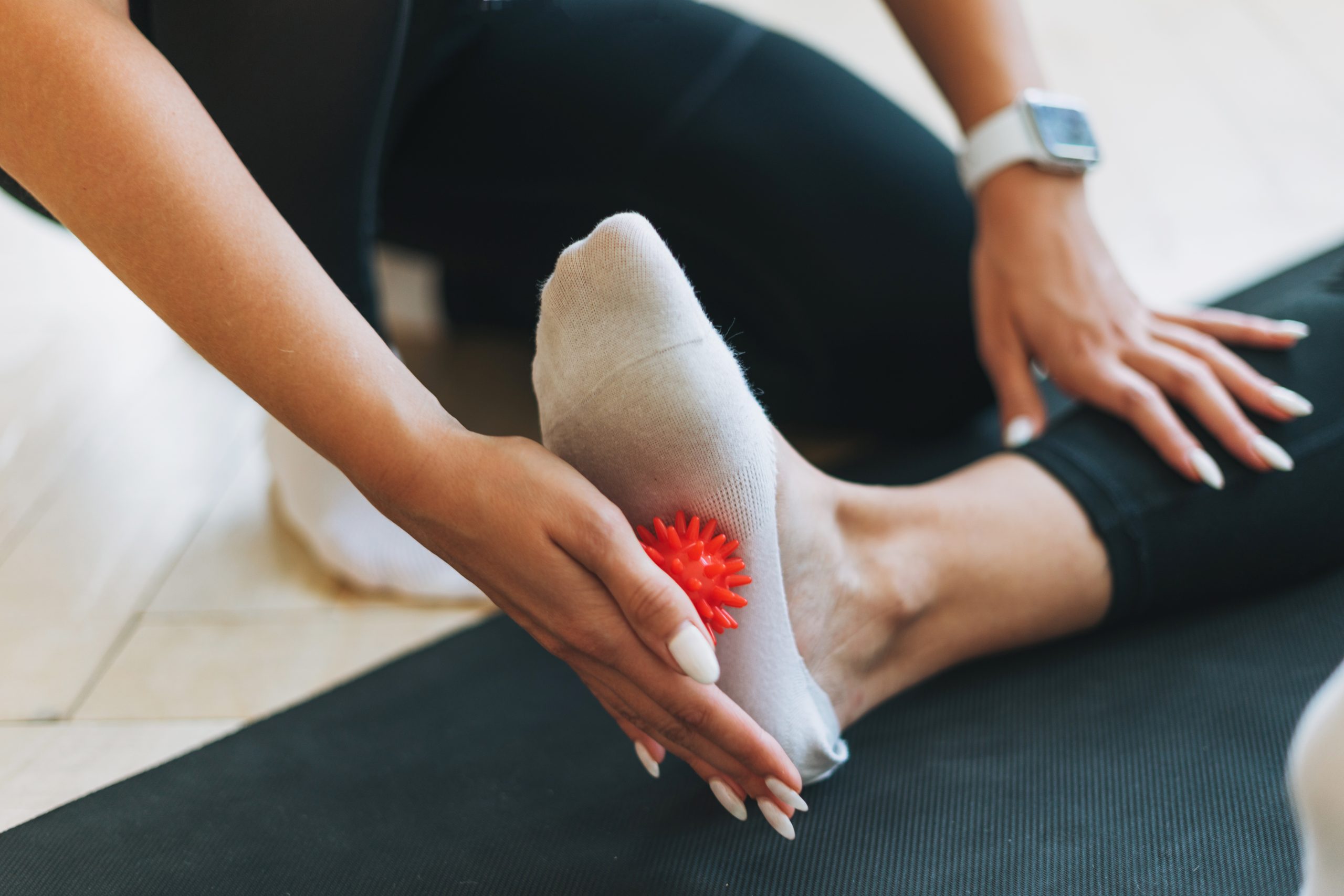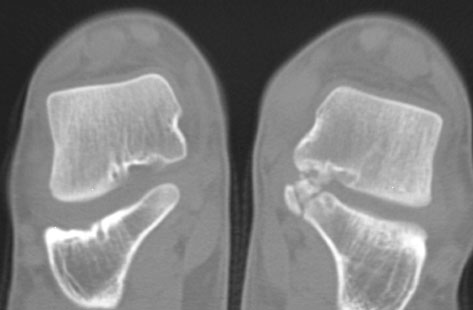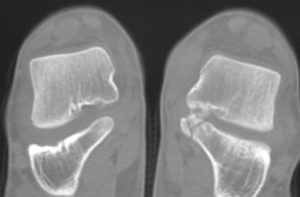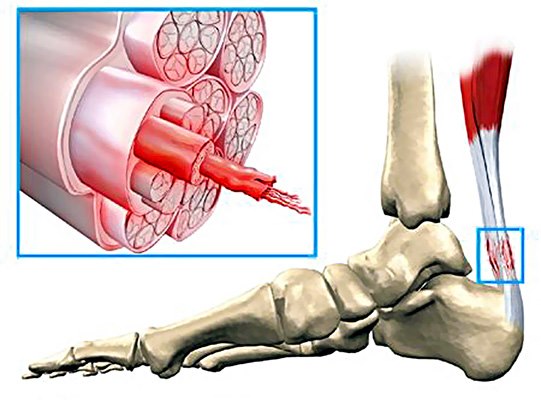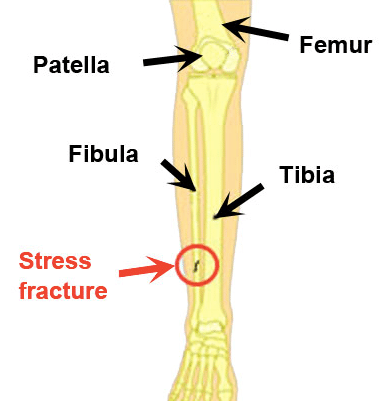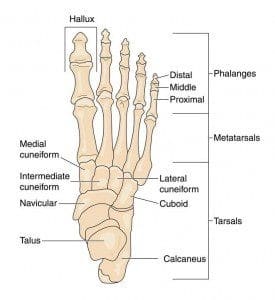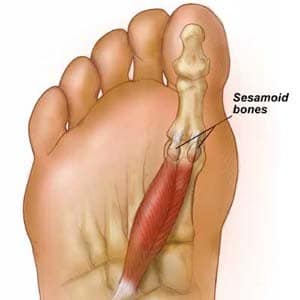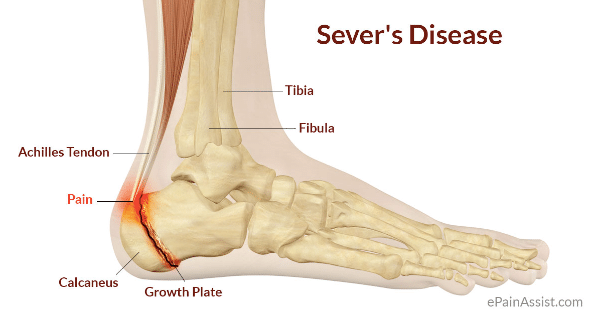Diabetic Foot
[vc_row][vc_column][vc_column_text] DIABETES MELLITUS - THE DIABETIC FOOT The number one request for allied health professionals is to perform a diabetic check and...
Broken Bones That Won’t Heal
[vc_row][vc_column][vc_column_text] We often question about broken bones that won’t heal as well as others. Healthy bones week has prompted the staff...
Explore Causes of Leg Length Differences
[vc_row][vc_column][vc_column_text] Leg length differences can be the source of many irregular issues in our bodies. Our bodies aren’t always symmetrical, there are...
Identifying Flat Feet and Ankle Pronation
[vc_row][vc_column][vc_column_text] “I have flat feet!” Pes Planus is a medical term used to describe a foot that has a flattened arch. There...
Ankle Sprain Poem
An ankle sprain is such a pain! A Poem by Lydia Bartram (Past) Pivotal Motion Physiotherapist Ankle sprains, ankle sprains, how common they...
Tarsal Coalition – Identification and Treatment Options
What is a Tarsal Coalition?
MANAGING ACUTE SOFT TISSUE INJURIES WITH RICER AND HARM
[vc_row][vc_column][vc_column_text] The first 24-48 hours after sustaining a soft tissue injury is crucial in ensuring the best outcome for healing. As...
Running Load Management
[vc_row][vc_column][vc_column_text] Running load management is a great topic for our everyday runners. Too often people leave their training a bit late and...
Peri-tendinitis of a Tendon
[vc_row][vc_column][vc_column_text] Peri-tendinitis of a tendon Peri-tendinitis is an inflammation of the sheath that surrounds a tendon. It can also be associated with...
Stress Fractures
[vc_row][vc_column][vc_column_text] Stress fractures can occur for many different reasons; for example over training or metabolic reasons. There are two groups of bone...
Naming the bones of the foot
[vc_row][vc_column][vc_column_text] Do you know how many bones of the foot there are? Our Brisbane physiotherapists have always found anatomy to be fascinating. When...
Sesamoiditis
Sesamoiditis is an inflammation of one or both of the sesamoid bones in the first metatarsal joint (the big toe). This...
Sever’s disease
[vc_row][vc_column][vc_column_text] Sever’s disease is a common cause of heel pain, particularly in the young and physically active. It usually develops just...
Ankle Sprain Symptoms – What to Expect
[vc_row][vc_column][vc_column_text] Unsure what to expect with ankle sprain symptoms? Ankle sprain symptoms will vary depending on the severity of the sprain and...
Calf Injuries from Sports
[vc_row][vc_column][vc_column_text] Calf injuries from sports are common; Especially when power in acceleration or deceleration are required by the group of lower...
Should You Walk on a Sprained Ankle?
[vc_row][vc_column][vc_column_text] Should you walk on a sprained ankle? Our feet and ankle physiotherapy team delve into the latest research about returning...
Sports and Biomechanics
[vc_row][vc_column][vc_column_text]Biomechanics is the study of the movement of living things. It describes the way that the body moves and the forces...




